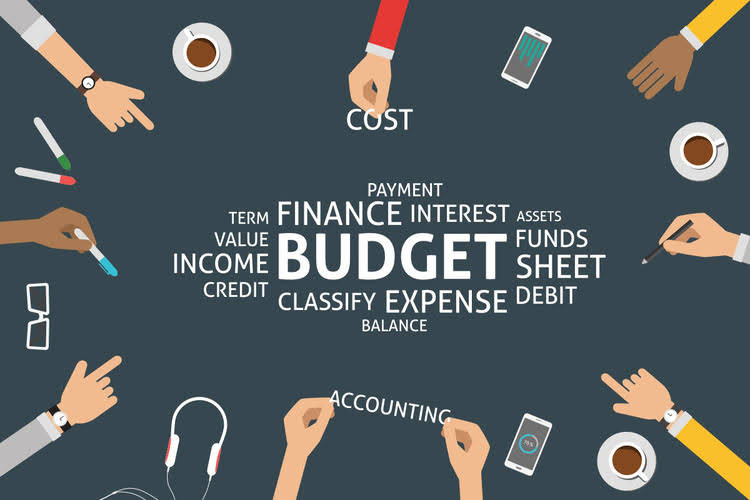Content

Using the accounting cycle also helps to ensure that you and your accountant both have a complete and accurate overview of the financial health of your business. A trial balance provides you with a list of all of your general ledger account balances, with each account displaying a debit or a credit balance. The reason you run a trial balance at this point is to ensure that your debits and credits are in balance. However, the general consensus is that there are 8 steps in the accounting project accounting cycle, 9 if you count the beginning of the cycle. If you use accounting software, you’ll find that many of these steps, such as entering transactions and posting them to the G/L, have been consolidated into a single step. Units-of-delivery is the GAAP preferred accounting method for the percentage of completion calculation because it is direct and easily verified. Preferably measured by counting output, this method allows accountants to count input for cost or production.
Global atmospheric carbon dioxide levels continue to rise … – noaa.gov
Global atmospheric carbon dioxide levels continue to rise ….
Posted: Mon, 14 Nov 2022 08:00:00 GMT [source]
Interest is revenue for the company on money kept in a money market account at the bank. The company only sees the bank statement at the end of the month and needs to record as received interest revenue reflected on the bank statement. The customer has not yet received services but already paid the company. This creates a liability to the customer, and revenue cannot yet be recognized.
Automate Project Accounting With NetSuite’s Accounting Module
Congratulations, you’ve completed your first accounting cycle. While much of this detail is completely automated if you’re using accounting software, you now understand the accounting cycle from beginning to end.

It is usual now for accounting system software to capture journal entries and post them to the ledger automatically and continuously. Accountants choose project accounting revenue recognition methods based on a particular industry, circumstances of the project and the method’s effect on taxes. Generally accepted accounting principles require accountants to perform revenue recognition consistently and according to an approved methodology. Project managers rely on project accounting to inform them of the status of direct costs, overhead costs and any revenues in a specific project.
An is a network device that directs a packet of data between networks toward
T-accounts in the general ledger after posting journal entries.The firm’s General Ledger contains all active accounts from the Chart of Accounts. As a result, once journal entries transfer to the ledger, anyone can ask for the current balance in any of the firm’s accounts. Exhibit 4, below, show the ledger versions of eight accounts. Note that the T-accounts in Exhibits 1 and 4 show only one week of transaction histories. The full ledger, of course, would include the entire accounting period history.
Once this is done, the income accounts become zero, and the earnings are permanently reflected on the balance sheet. As new activity is recorded, the balances in the income statement account. Like everything else about bookkeeping and accounting, the accounting cycle is a process that can help you categorize and enter your transactions properly.
Four Mandatory Statements
The four-step method described above works well because it provides a clear audit trail. For smaller businesses, it might make sense to bypass the income summary account and instead close temporary entries directly to the retained earnings account. After creating the respective statements, the accountants analyze the same to figure out some trends indicated through the recorded accounting activities.

Once you’ve reconciled your bank statement, you will likely have a few adjusting entries to make. This is the point where you would also make any depreciation entries and enter payroll or other expense accruals. Once this initial review has been completed, and your transactions have been coded properly, you can move on to the next step in the accounting cycle. Thanks to accounting software, much of this cycle is automated, so you no longer have to post in separate journals, or wait to post to the general ledger (G/L). But even though the cycle is automated, it’s important to understand each of the steps, and why each is necessary. Typically, the most expensive cost is the labor worked by resources on a project.
Closing Entries
ConceptDraw flowchart maker allows you to easier create a process flowchart. Use a variety of drawing tools, smart connectors, flowchart symbols and shape libraries to create flowcharts of complex processes, process flow diagrams, procedures and information exchange.
